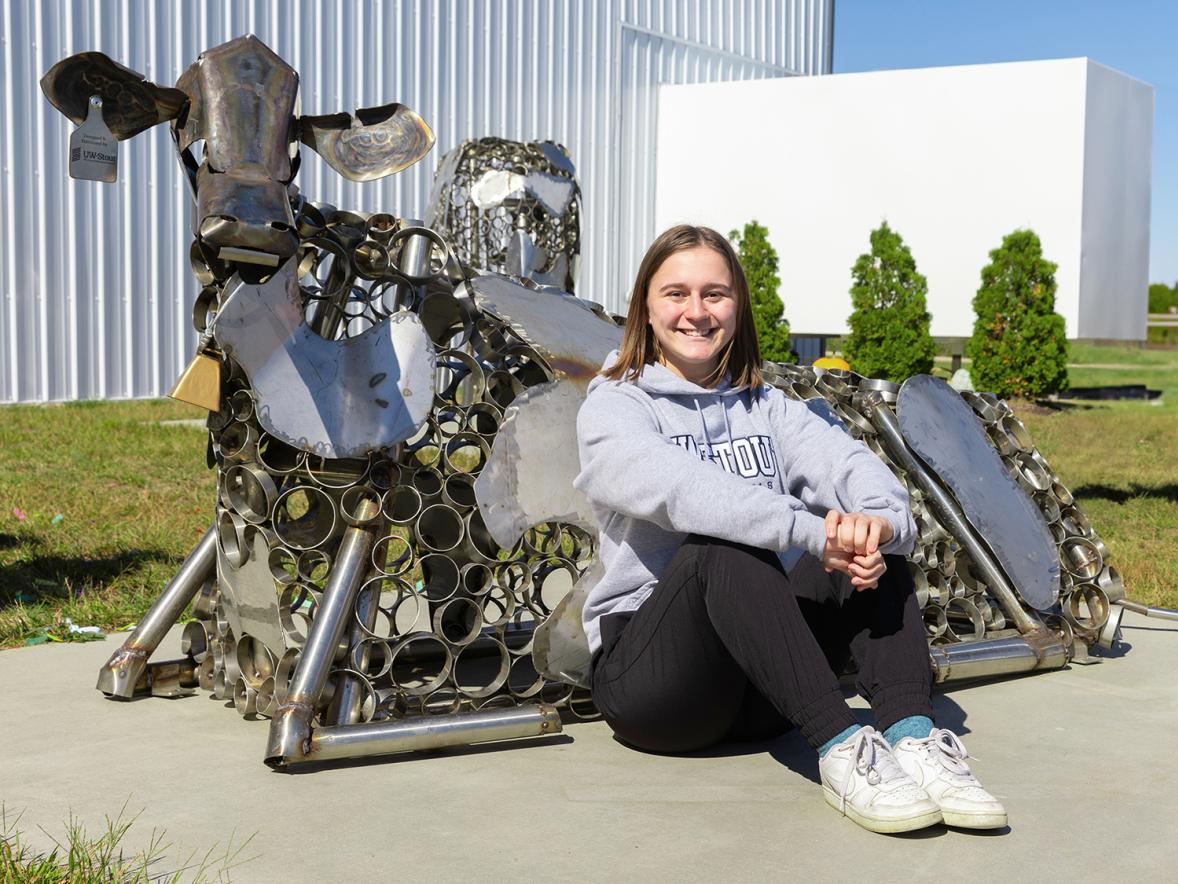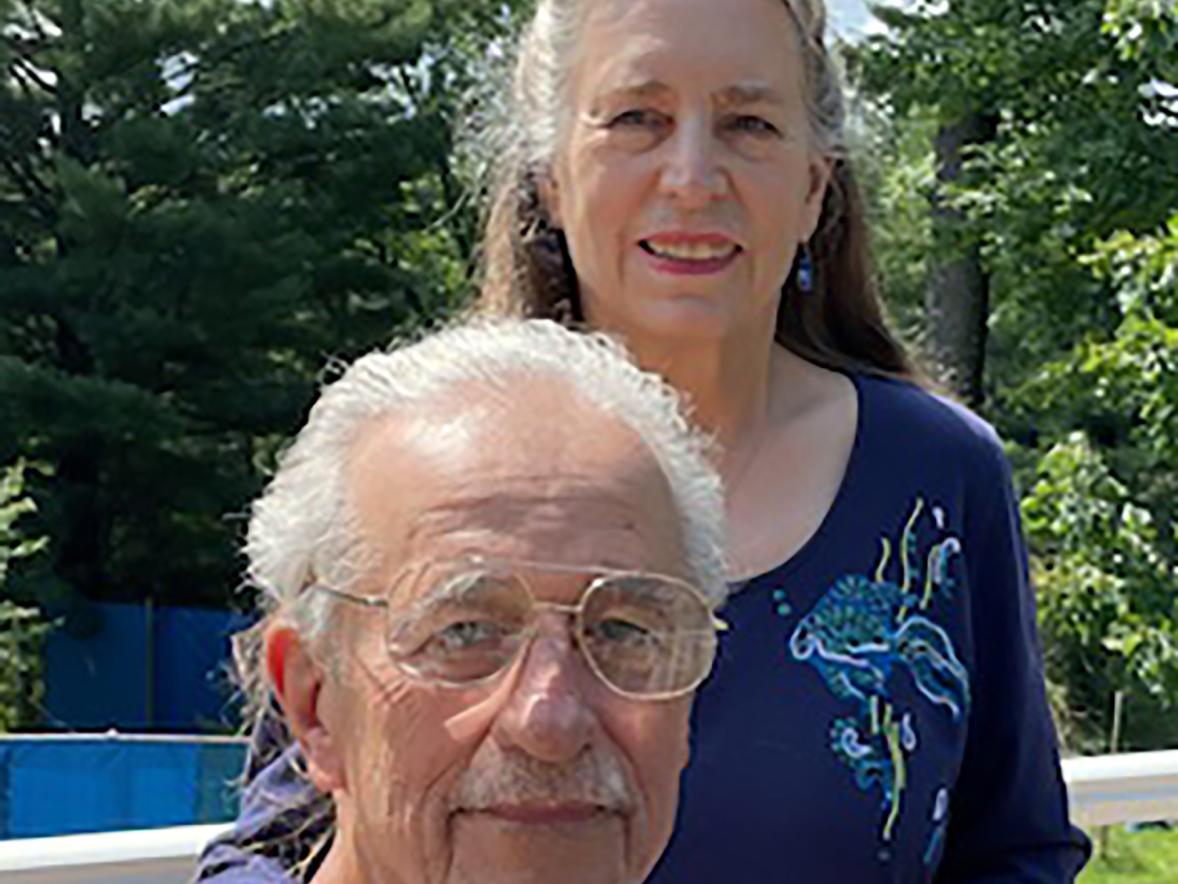Five seniors in the B.F.A. in Entertainment Design program, with a concentration in comics and sequential art, have reached their Kickstarter goals. Each student is now fully funded to print their DES-490 Senior Studio graphic novels.
-
Maureen Heaster, “Hurdles,” 51-page, full color
-
Laura Bernadette Meeker, “Something Got Stolen,” 50-page, black and white
-
Micah Amundsen, “The Psions,” 65-page, full color
-
Kaitlin Bruder, “Parallel,” 80-page, black and white
-
Anna Lundin, “Collapse,” 74-page, monochromatic
“To say I am proud is an understatement,” said Ursula Husted, professor and program director for entertainment design. “This is how comics folks are forming careers now, and our comickers are leaving us with the experience and skills to gainfully keep on producing their work.”
Each student had two semesters to formulate an idea and execute that idea onto the pages of their soon-to-be graphic novel.
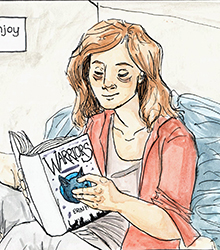
“For the Kickstarter, usually [you] calculate how much you’ll need for printing your book,” said Heaster. Heaster said that usually you ask for two to three times the amount to take care of any mishaps during the printing process. “I asked for $900. I made my goal in about 6 hours when my Kickstarter launched.”
Once the comic students reached their set goals, the next goal becomes a stretch.
“The stretch goals are if I get a certain amount of money, I can increase the paper quality of my book,” said Heaster. Heaster met her stretch goal, funding a total $1,865.
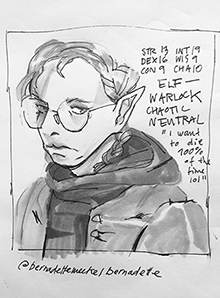
“My Kickstarter initial goal was $500,” said Meeker. “That was so I could print 50 books on 50-pound paper and black and white [...] full bleed because a lot of my pages have illustrations that go all the way to the edges. I hit my goal within the first day.” Meeker also made her stretch goal.
Bruder’s original $750 goal was met under 12 hours. The next morning, Bruder had over $1,000 on her Kickstarter. She currently has been backed by nearly 70 for her novel. “I have a couple of out-of-the-country [backers].”
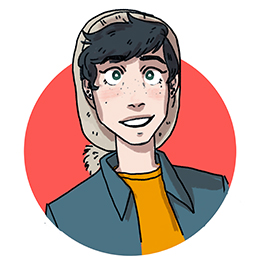
Launching a Kickstarter can be an exciting time for artists to fund their work, but there are risks. If you don’t reach your goal in the allotted time, you received none of the funds you’ve raised, “[...] which is cool and stressful,” said Bruder. “I think one of the stats we talked about is generally if a Kickstarter isn’t funded in the first day, it has a much lower chance of getting fully funded. So, It was pretty cool that we all hit it on day one.”
As of the first week of April, each student funded between $1,000 and $2,000.






